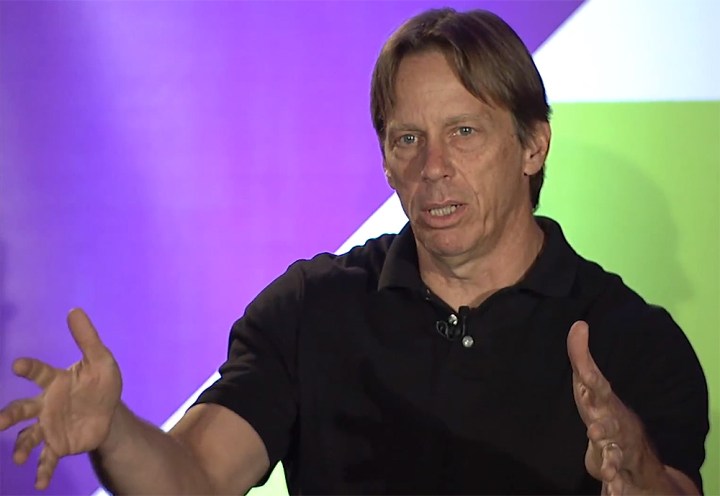
Tesla CEO Elon Musk was asked about the rumors that Apple was poaching Tesla engineers last year. His response in a newspaper interview sparked controversy across major news channels and social media: “They have hired people we’ve fired,” said Musk. “We always jokingly call Apple the ‘Tesla Graveyard.’ If you don’t make it at Tesla, you go work at Apple. I’m not kidding.”
His words come to mind as a report from Electrek reveals that Tesla recently brought on a former Apple engineer — back from beyond the grave, it seems.
Microprocessor engineer Jim Keller, formerly of Advanced Micro Devices (AMD) and Apple, was hired as Vice President of Autopilot Hardware Engineering. A statement from Tesla reads that Keller “will bring together the best internal and external hardware technologies to develop the safest, most advanced autopilot systems in the world.”
Keller began working at AMD in the late 1990s, and played a large role in the development of the Athlon K7 and K8 architectures. He left the company in 1999, but returned in 2012. During the interim, he worked at Apple as a director in the platform architecture group. Keller helped develop the A4 and A5 processors, which were put into most of the company’s mobile devices as well as Apple televisions from 2010-12.
Keller left AMD last year, following his lead role in developing the Zen processor architecture. In his time at Apple and AMD, he worked under CTO Mark Papermaster, who praised the engineer’s work: “He has contributed to processing innovations that have delivered tremendous compute advances for millions of people all over the world, and we expect that his innovative spirit, low-power design expertise, creativity, and drive for success will help us shape our future and fuel our growth.”
Keller will find himself in familiar company at Tesla, as he is not the only one to leave Cupertino. Doug Field, the former Vice President of Mac Engineering, and Rich Haley, former Director of Alloy Engineering, also hold high positions at the electric car manufacturer.



